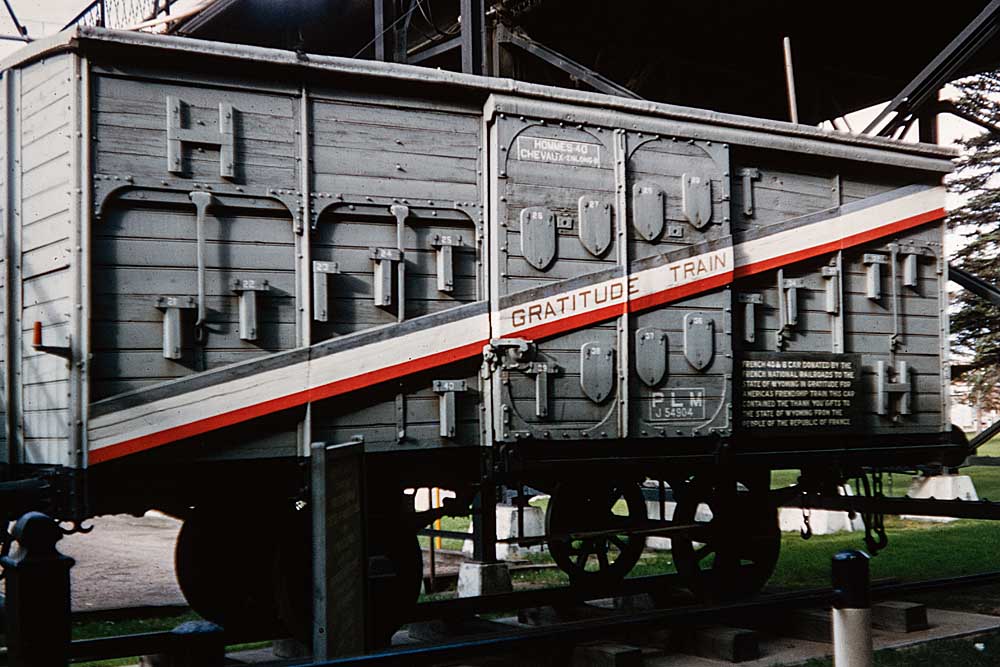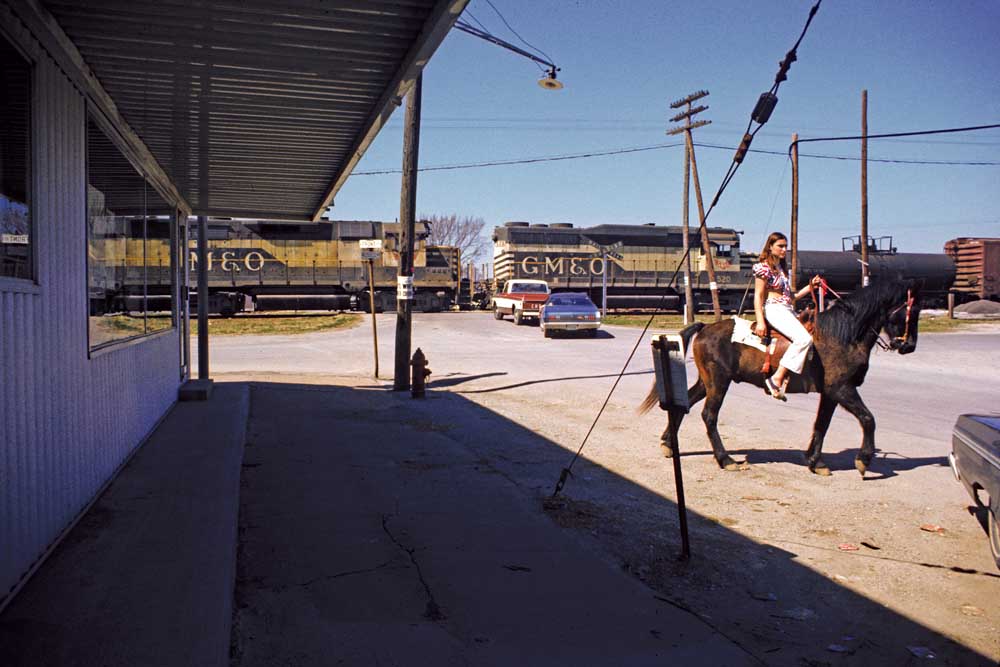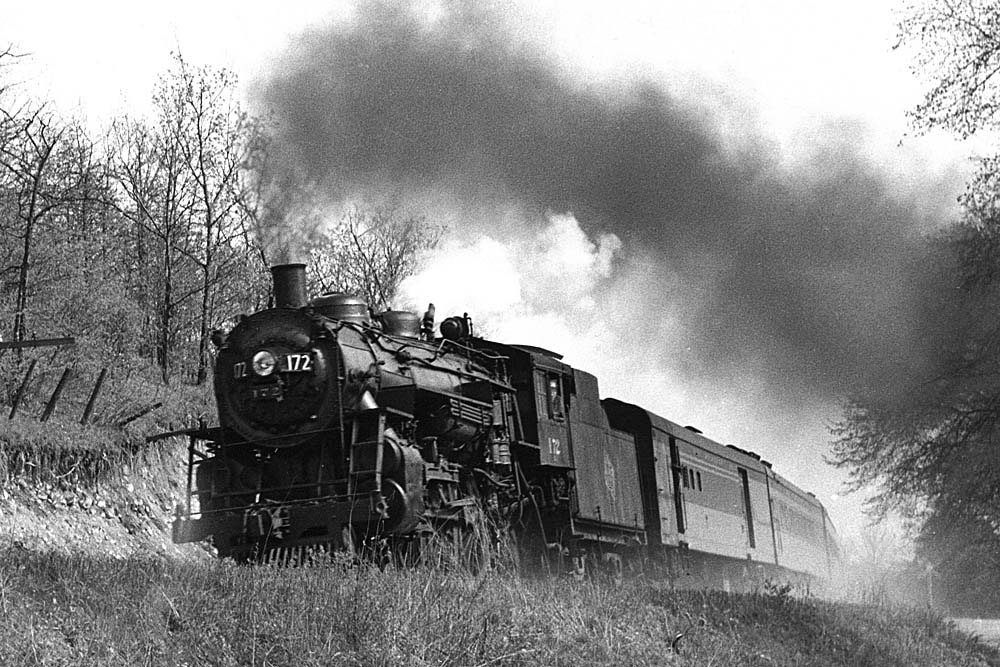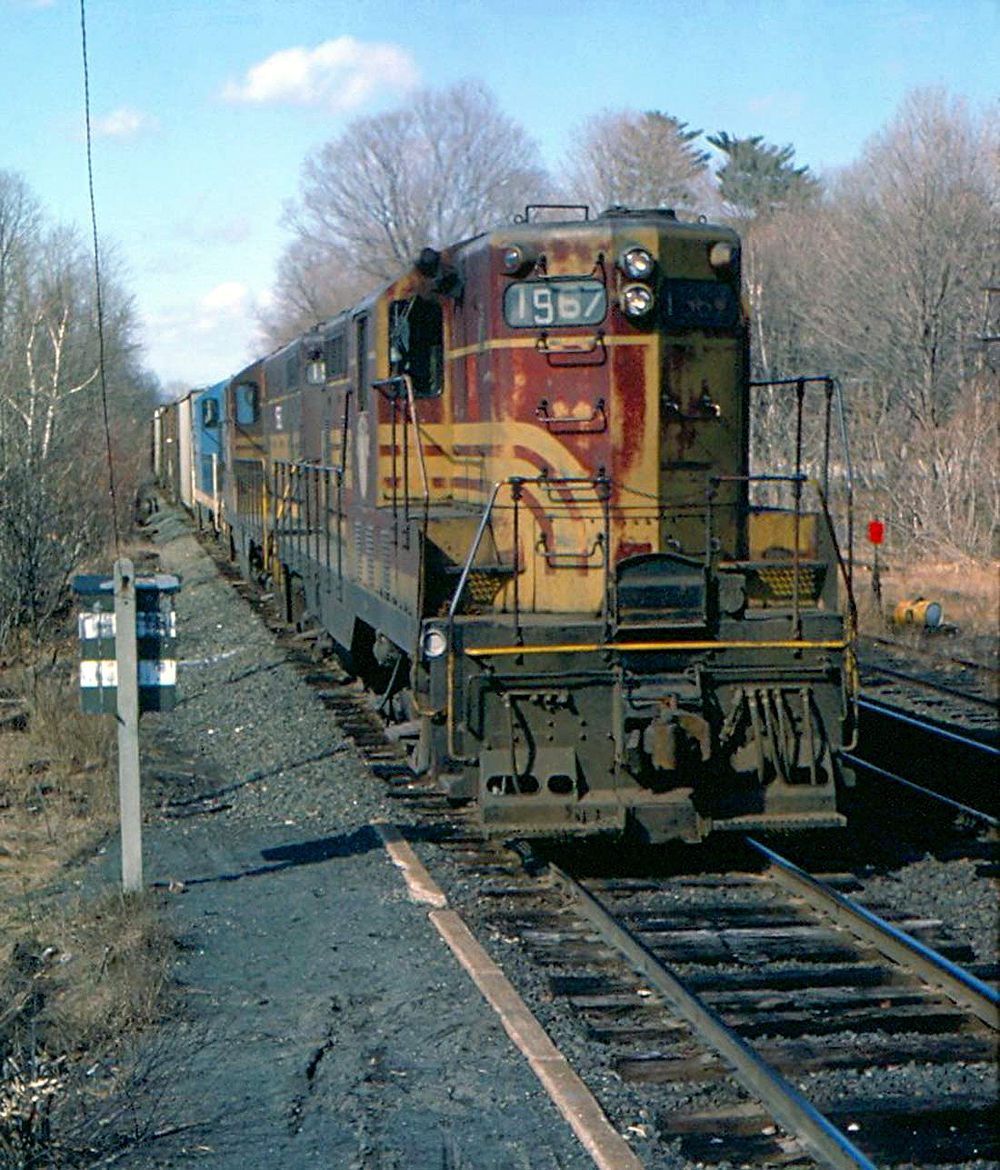All these engineers were very capable men with many years experience running steam locomotives. Each had his own methods he used to get over the road and stay on time. Passenger schedules were tight, and allowed the minimum time for picking up passengers and express. Freight trains had to watch a timetable closely, to avoid “sticking” the varnish.
In the old days, with single track and no block signals, you didn’t stick a passenger train, or any train for that matter. To do so would mean a collision. Clearing times were at the fouling point of a siding, with no room for error. Therefore, everyone got their trains clear in plenty of time to allow the superior train to pass. With the coming of the automatic block signals, trains could be delayed safely, for the signals would protect trains from getting too close to one another. But if either engineer made a mistake, the same old situation occurred: a collision.
John was one of the few engineers who crowded the time at each station or siding. There is no rule to prevent an engineer being right on time, that is his right of track. Most engineers gave a little “leeway” at the fouling point where time applied. It was good practice, just in case someone made a mistake and was tardy. If you allowed a block signal to show yellow or red, the passenger train would be delayed. Such delays were reported to the train dispatcher, and the delay assessed to the engineer not clearing the time properly. As I said, most engineers gave each other a break and avoided these close meets.
Well, John believed every engineer should do his job perfectly, just as he did. He was a nut for being on time. He memorized all the times at the sidings, stations, and end of double-track. He ran with a vengeance. The leading truck of his 4-8-4 would cross the switch points right on the second. He literally terrorized the freight “hogheads.”
Then came C.T.C — Centralized Traffic Control — where the train dispatcher miles away made the meets, heading in inferior trains, throwing the switches with a button. Now the delay, in most cases, rode the dispatcher’s back.
With great glee, John battled with the new enemy. If he got any restrictive indication, he slugged the passenger train air brakes, slowing down, and making a delay to his train. Who gets the blame now? You bet, the poor dispatcher. This was before the radio on the engines, and the train dispatcher couldn’t vent his frustration at the old “hogger.” The only thing that could be done was to be sure no one stuck him, or he would give them plenty of delay, and someone else got blamed. He ran like that until he retired. You can be sure they kept the track clear for him. Every time we would catch a yellow signal, or some sort of speed restriction, he would holler over to me his famous words, “Well, Bill, I guess you ain’t in a hurry for this train!”













